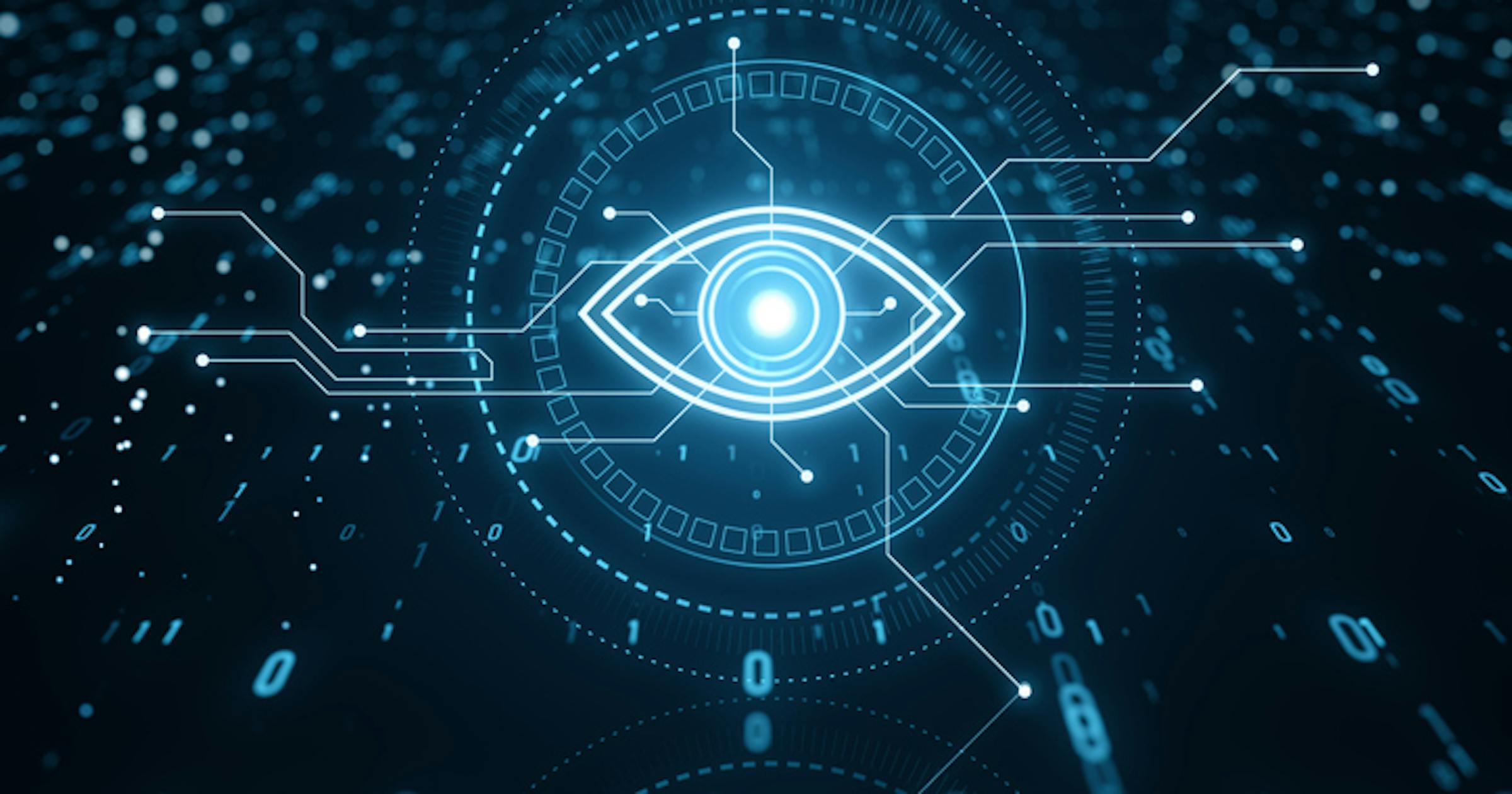🚀 Computer Vision: A Game-Changer in Image Data Processing
 Belaid Abdelhadi (Taylor)
Belaid Abdelhadi (Taylor)
🔍 Introduction
Computer Vision (CV) is no longer just an emerging technology—it’s revolutionizing industries with cutting-edge applications! From facial recognition in smartphone cameras 📱 to self-driving cars 🚗 that interpret traffic signs, CV is transforming the way machines interact with the world. Even industrial robots 🤖 leverage CV to detect defects and safely navigate workspaces.
The ultimate goal of Computer Vision? To enable machines to see and interpret visual data as efficiently as humans—or even better! 🧠💡 The field intersects with AI, Machine Learning (ML), Digital Signal Processing, Robotics, and Pattern Recognition. Some of the most popular tools and frameworks used in CV include:
🔹 OpenCV
🔹 TensorFlow
🔹 YOLO (You Only Look Once)
🔹 Keras
🔹 GPU-based acceleration
Now, let’s break down the Computer Vision Pipeline step by step! 🛠️
🤖 What is Computer Vision?
At its core, Computer Vision is about teaching machines to understand and label objects in images. Think of it as a digital eye trained to recognize patterns, objects, and even emotions.
Imagine trying to explain what a shoe or a dress is to someone who has never seen one before. It’s a tough task, right? The same challenge applies to computers! 🏷️👗👟
To tackle this, machines are trained using vast datasets—thousands of images of clothing, footwear, and accessories—to help them identify key patterns and differentiate between objects.
📌 Applications of Computer Vision
CV is making waves across multiple sectors! Here are just a few game-changing applications:
✅ Object & Behavior Recognition – Detecting objects, faces, and movements in real time 🏃♂️📸
✅ Autonomous Vehicles – Enabling self-driving cars to recognize pedestrians, signals, and obstacles 🚙
✅ Medical Imaging & Diagnosis – Assisting doctors with X-ray, MRI, and CT scan analysis 🏥🔬
✅ Photo Tagging & Face Recognition – Used in social media platforms for automatic tagging 🤳🖼️
✅ Industrial Automation – Detecting defects and ensuring quality control in manufacturing 🏭🔍
🔄 The Computer Vision Pipeline
A Computer Vision Pipeline consists of sequential steps to analyze and interpret image data. The general process follows this structure:
1️⃣ Image Acquisition – Collecting image data from cameras, sensors, or databases 📷
2️⃣ Preprocessing – Standardizing and optimizing images for analysis 🛠️
3️⃣ Feature Extraction – Identifying key patterns like edges, shapes, and colors 🎯
4️⃣ Object Detection & Classification – Using ML models to recognize objects 🤖
5️⃣ Decision Making & Action – Implementing actions based on insights 📊
🔬 Facial Recognition Pipeline
One of the most widely used CV applications is facial recognition. Here's how it works:
✔️ Image Standardization – Ensuring images have consistent size, brightness, and clarity ✨
✔️ Feature Mapping – Extracting facial landmarks like eyes, nose, and mouth 🏷️
✔️ Neural Network Training – Teaching the model to identify faces with high accuracy 🧠
✔️ Real-Time Detection – Matching detected faces with stored profiles in a database 🔎
🖼️ Standardizing Data: Preprocessing Images
Preprocessing is a crucial step in any CV application. Images need to be standardized so the model can analyze them uniformly. This includes:
🔹 Resizing & Cropping – Ensuring all images fit a standard resolution 🖼️
🔹 Normalization – Adjusting brightness, contrast, and color balance 🌈
🔹 Noise Reduction – Removing distortions to improve clarity 🔇
🔢 Images as Numerical Data
At the core, images are just grids of numbers! Each pixel carries a numerical value that can be manipulated:
🟢 Multiplying pixels = Adjusting brightness ✨
🔵 Shifting pixel values = Changing image contrast 🔄
🔴 Applying filters = Enhancing edges and textures 🎭
By treating images as numerical data, we unlock powerful image processing techniques to enhance clarity and extract meaningful insights! 🧮
🏋️♂️ Training a Neural Network for Computer Vision
To train a Convolutional Neural Network (CNN) for image recognition, we need labeled datasets to compare predictions with actual outputs. This process involves:
📌 Gradient Descent – Optimizing the network by minimizing errors 📉
📌 Activation Functions – Controlling neuron activations ⚡
📌 Loss Functions (J) – Measuring prediction errors 🔄
📌 Learning Rate (Alpha) – Adjusting how fast the model learns 🏃♂️
📌 Iteration (k) – Repeating training until accuracy improves 🔄
CNNs are the backbone of image classification, object detection, and deep learning-based CV applications. They learn to recognize patterns across multiple layers, making them incredibly powerful! ⚡
🏁 Conclusion
Computer Vision is at the heart of AI-driven automation, enabling machines to see, analyze, and act on visual data with remarkable precision. From healthcare to transportation, its applications continue to expand, shaping the future of technology. As research advances, we can expect even more sophisticated CV solutions, revolutionizing industries and enhancing our daily lives. 🚀
Whether you’re an aspiring AI enthusiast or a seasoned developer, diving into Computer Vision can open doors to endless possibilities! Keep learning, keep innovating! 💡🤖
Subscribe to my newsletter
Read articles from Belaid Abdelhadi (Taylor) directly inside your inbox. Subscribe to the newsletter, and don't miss out.
Written by
